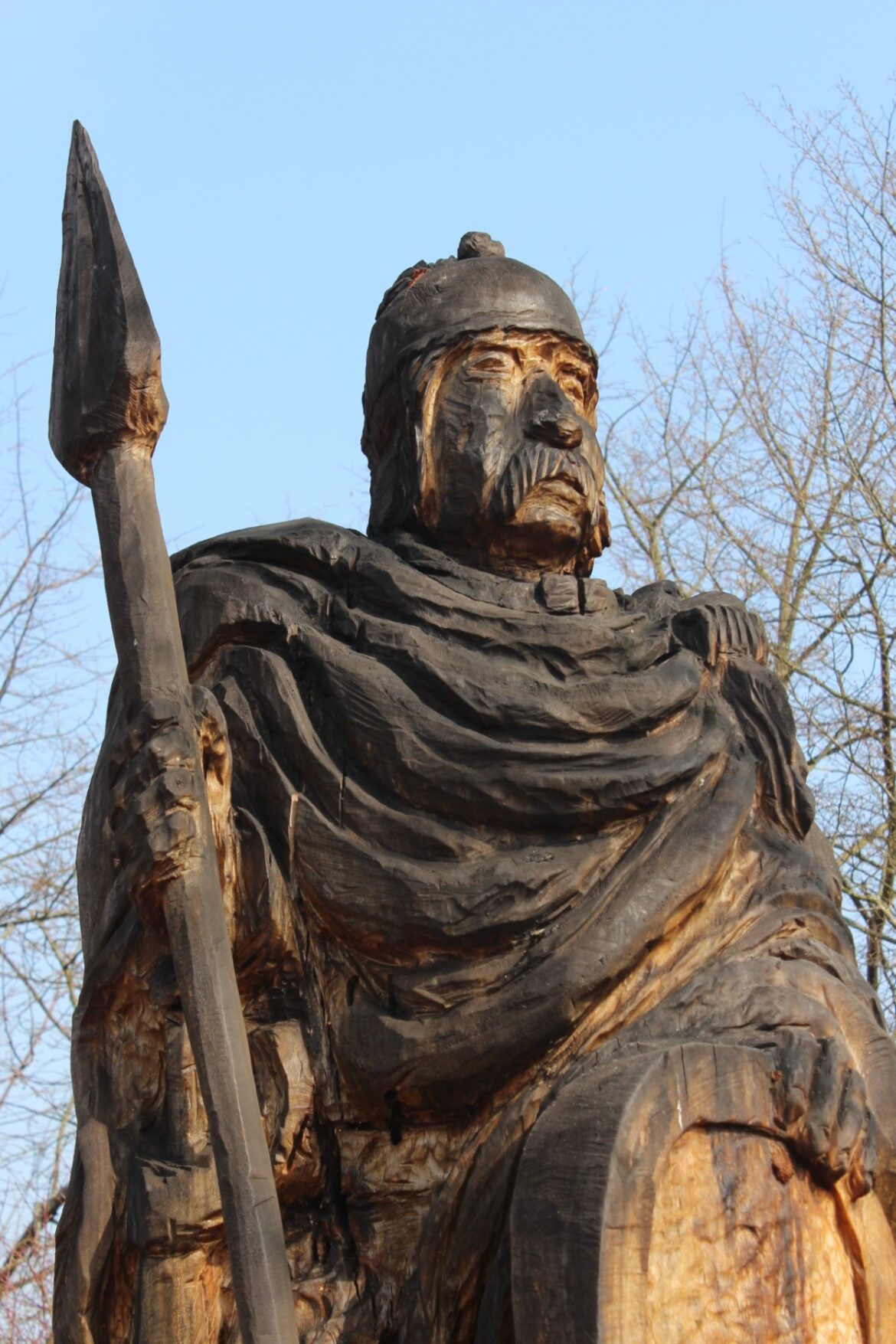The question of how old the Catholic Church is brings with it a playful challenge: if one were to measure time in terms of history, tradition, and spirituality, what implications would that have on our understanding of its significance in the modern world? The Catholic Church is often described as possessing apostolic roots, a term that evokes not only a connection to the earliest followers of Christ but also challenges us to consider the continuity and evolution of its teachings throughout the centuries.
Let us embark on a journey through time. To understand the antiquity of the Catholic Church, it is essential to trace its origins back to the very foundation of Christianity. This journey leads us directly to the Apostles, the chosen disciples of Jesus Christ, who laid the groundwork for the Church. The pivotal moment often highlighted by historians and theologians alike is Pentecost, occurring approximately fifty days after Easter Sunday. On this day, the Apostles received the Holy Spirit, empowering them to spread the teachings of Jesus, thus marking the beginning of a movement that would transcend boundaries and endure through ages.
Looking closely at the New Testament, the Acts of the Apostles provides a detailed account of this profound event. It portrays the Apostles as earnest, committed figures who dedicated their lives to evangelization. Their message was simple yet revolutionary: Salvation is accessible to all humanity through belief in Jesus Christ. The establishment of the early Christian communities signified the embryonic stages of what we now recognize as the Catholic Church.
But how do we define the age of the Church? Some might assert that its inception began with those early followers, which would place its existence at nearly two thousand years. If we hinge upon this reference point, the Church has certainly witnessed a remarkable history filled with trials, triumphs, schisms, and reconstructions. In this perspective, it is a testament to divine providence, as the teachings of Christ have remained influential across generations.
However, one might pose a critical question: if the Church’s establishment is rooted in apostolic succession, then how does that principle manifest today? Apostolic succession is more than an abstract theological principle; it is the belief that the authority bestowed upon the Apostles has been continuously passed down through an unbroken lineage of bishops. This lineage is pivotal in preserving the integrity of the Church’s doctrines and sacraments. It empowers the Church to function as a living entity—one that evolves yet remains anchored to its original mission.
Throughout the centuries, the Catholic Church has been a formidable presence in various realms, including culture, education, and governance. The establishment of early councils, such as the Council of Nicaea in 325 AD, exemplified the Church’s efforts to address doctrinal disputes and unify Christian belief. Such councils were instrumental in clarifying the faith and fostering unity, further adding layers to the Church’s historical complexity.
In the Western world, the Catholic Church has often been regarded as the defender of Christian truth amidst external challenges. From the fall of the Roman Empire to the rise of secularism, the Church has faced numerous existential threats, yet it has adapted and persisted, thereby underscoring its resilience. This endurance can be linked to its robust theological framework, which incorporates teachings from Scripture, tradition, and the magisterium—the Church’s teaching authority.
Moreover, the Catholic Church’s significant role during the Middle Ages reflects its influence over societal norms and values. It had intertwined itself with the fabric of daily life, shaping ethics, art, and community structures. The establishment of universities, the promotion of the arts, and the support of scientific inquiry—all stemmed from the Church’s belief in the intrinsic worth of human dignity as created in the image of God. This reinforces the perspective that the Church is not merely an institution; it is a living legacy that upholds the fundamental tenets of faith through time.
As we tread through the annals of history, the schisms within Christianity present another layer of complexity. The Protestant Reformation in the 16th century challenged the authority of the Catholic Church and resulted in the branching out of numerous denominations. However, the Catholic Church maintained its identity and continued to affirm the tenets of apostolic succession, reinforcing the notion of its foundational roots. This episode in history illustrates the Church’s ongoing struggle to remain relevant while navigating the changing tides of belief and practice.
More recently, the Second Vatican Council, convened in the 1960s, served as a watershed moment in the Church’s modern history. It sought to engage with the contemporary world by promoting dialogue and fostering a more inclusive stance. The impact of these changes is still felt today as the Church wrestles with the complexities of modern existence while staying true to its apostolic heritage.
Therefore, if one ventures to ask, “How old is the Catholic Church exactly?” the response transcends mere chronology. It is an enduring legacy that intertwines divine authority with human experience, an institution shaped by countless hands while grounded in the unchanging truth of the Gospel. Its age is not merely a numerical figure; it is the synthesis of faith, history, and tradition that continues to flourish in a world perpetually yearning for spiritual truth.
Ultimately, the Catholic Church embodies a rich tapestry of history, spirituality, and community, woven together by its apostolic roots that invite both challenge and reverence. The journey through its past elucidates not just how old it is but rather how vibrantly alive it remains in the hearts of believers worldwide.



